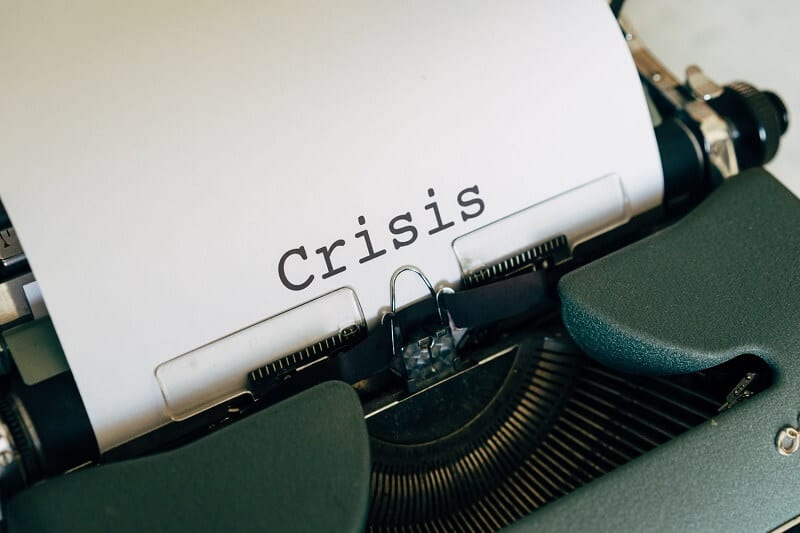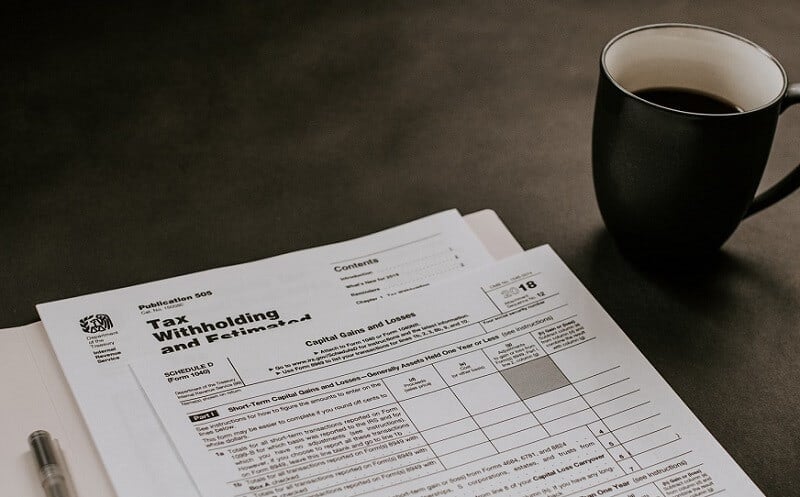
Having discipline is a key feature of forex trading. How can you have discipline when you are in a trade? One way is to have a trading strategy that works for you. The key part is the profit.
By Guy Avtalyon
It will require some time to find a forex strategy that works for you especially. Every forex trader has a unique style, risk tolerance, amount of money available, and trading goals. So, your forex trading strategy that works for you not necessarily will work for other traders. But some forex trading strategies can be suitable for everyone.
First of all, let’s explain what a forex trading strategy is.
What is a forex trading strategy?
It is a technique that a forex trader uses to discover when to buy or sell a currency pair. There are numerous forex strategies that traders can practice. For example, technical analysis and fundamental analysis. A forex trading strategy that works should provide you to analyze the market and execute trades with clear risk management systems.
A Forex strategy that works
Forex strategies are divided into several organizational structures which is a great help to traders to find a forex trading strategy that works for each trader the best. The main point is to locate the most suitable strategy.
So, we can divide forex trading strategies into main categories: Price action trading that includes Trend trading, Scalp trading, Position trading, Range trading, Day trading, Swing Trading, and Carry trading.
Forex trading demands to put together various factors to form a particular forex trading strategy that works for you. There are innumerable strategies that traders can use. What really matters is to understand and feel comfy with the strategy you create and use. Each forex trader has individual intentions and sources. That fact must be taken into factor when you want to pick or create a forex strategy that works for you particularly.
You can use three criteria to analyze distinct strategies based on their convenience. To find a forex strategy that works you have to determine what time resource is required. Further, what are the frequency of trading chances? And last but not the least, what is the ideal distance to a target.
To compare the forex strategies based on these three criteria, you have to know how efficient they are based on other traders’ experiences. It is always smart to check how a particular forex strategy works for others.
How to find a forex strategy that works?
The crucial is the risk-reward ratio. So, based on historical data and traders’ experience position trading will provide you the highest risk-reward ratio.
Further, you have to examine how much time you’ll need to invest to monitor your trades. For example, scalp trading is a high-frequency strategy so it will require most of your time.
In order to help you to find a forex strategy that works for you, we’ll explain how each of them works.
What is price action trading?
Price action trading means studying historical prices to create technical trading strategies. The advantage of this strategy is that you can use it as a stand-alone. However, you can use it in combination with an indicator. Fundamentals are rarely applied, but sometimes it is smart to include economic circumstances as a supporting part.
The price action strategy actually covers several other strategies.
For example, the length of trade. The strategy gives you an opportunity to use multiple time frames in trading. It is suitable for long, medium, and short-term tradings.
What is most important with this strategy and the most convenient you can use it without any indicators, complex techniques. It can be used based on simple price action.
Few more words about price action strategy
All price action in forex trading comes from buyers (that are bulls) and sellers (that are bears). When the GBP/USD currency pair goes up it’s due to more bulls than bears. Of course, when this pair is going down it is vice versa. So, you may conclude, and you’ll be right, that we have a permanent fight between bulls and bears in the forex market.
This forex trading strategy is all about examining who controls price, bulls, or bears and who’ll control the price.
When bulls are in control and you have proof they will continue that, it is the right time to go long, meaning you can buy. The opposite is when the bears are in control of price. That means it’s time to short, meaning you can sell.
But how to examine who is in control?
This forex strategy that works always is quite simple to use. The essential is to use just two price action methods or techniques.
One is support and resistance zones. The buy and sell zones are easy to identify and add them to your charts. When the price hits these zones there are two possible directions: the price will halt or reverse. So you’ll know that is the right time to buy or sell.
The price action forex strategy that works in all conditions
It doesn’t matter if it is trending, low volatility, high volatility forex market, this strategy will work anyway, and generate profit. It is different from strategies based on indicators that are suitable for particular market conditions. For example, if you use an indicator strategy that is good for the high volatility market, it will slip in other market conditions. It is due to indicators’ inability to adjust for different market conditions. One indicator is good for one market condition.
Price action is what can be adjusted to the time frames, different currency pairs, market conditions, and moreover, and to many traders though. The point of this forex trading strategy is that it literally works for everyone because it keeps the trading simple.
What is the purpose of price action strategy
The best forex strategies use price action. As we mentioned above it is also known as technical analysis. Speaking about technical currency trading strategies, we can recognize two main techniques: follow the trend and counter-trend trading. Both are aimed to profit by identifying and utilizing price patterns.
To profit from price patterns, the most powerful approach is to identify support and resistance. In other words, both show the market tends to bounce back from prior lows and highs. Support means the market tends to increase from an earlier confirmed low. Resistance is the market that tends to fall from an earlier confirmed high. This happens because traders want to predict the next prices against current highs and lows.
What happens when the market approaches recent lows?
It is obvious that buyers will seek what they see as cheap and buy. On the other hand, when the market nears the recent highs, the sellers will lock in a profit since it is a great opportunity to sell at expensive prices. So, recent highs and lows are measures to evaluate the current price.
Also, support and resistance levels. Both happen because traders predict specific price action at these points and play according to their expectations. This has a great impact on the market because their actions can cause the market to go in their direction.
But keep in mind some rules.
First, support and resistance levels aren’t fixed rules. They are a consequence of the action of traders.
When traders follow the trend they actually want to profit from support and resistance break-downs.
Counter-trending is the opposite of trend following. The traders that use this technique will sell when a new high is touched, and buy when a new low is reached.
The main goal in forex trading is the same as it is in any other trading: eliminate the losses and have more winning trades. You can have it if you use the forex trading strategy that works. It is essential to find the one that suits you the best. That means you have to develop a set of rules and follow them if they work. If not, simply change them. However, the best practice is to follow some proven strategy. Especially if you are planning to enter forex trading and you don’t have enough knowledge and experience. Relying on strategies that are not proven and tested might lead you to enormous losses and failures. So, the best chance for you is to find the right forex trading strategy that works and use it.
Stay tuned, we will write more about forex trading and powerful forex trading strategies and techniques.


















